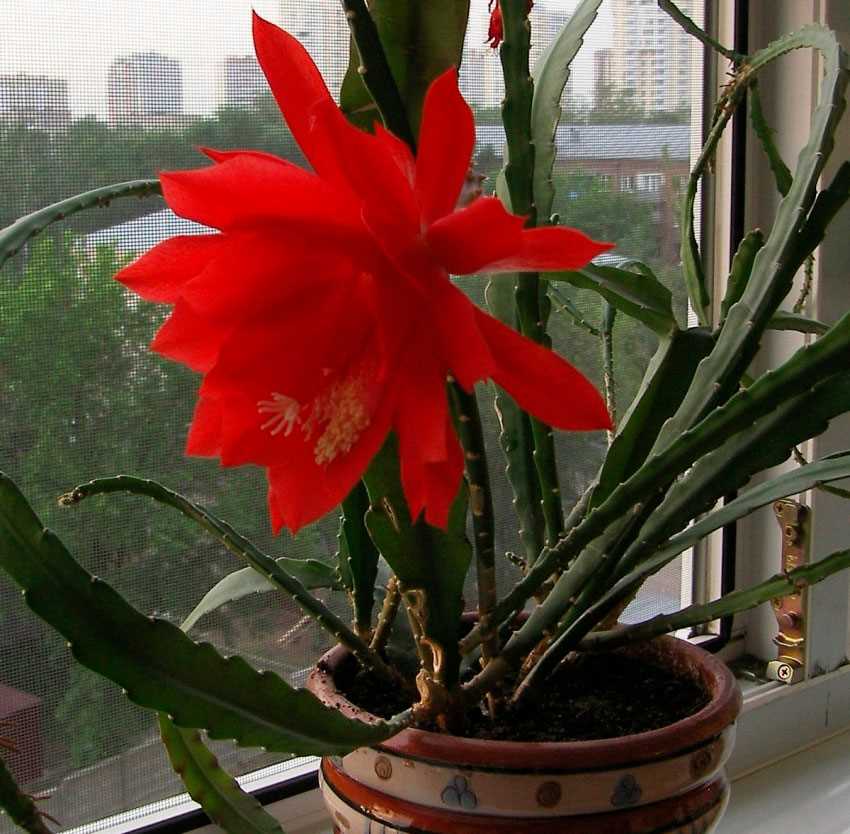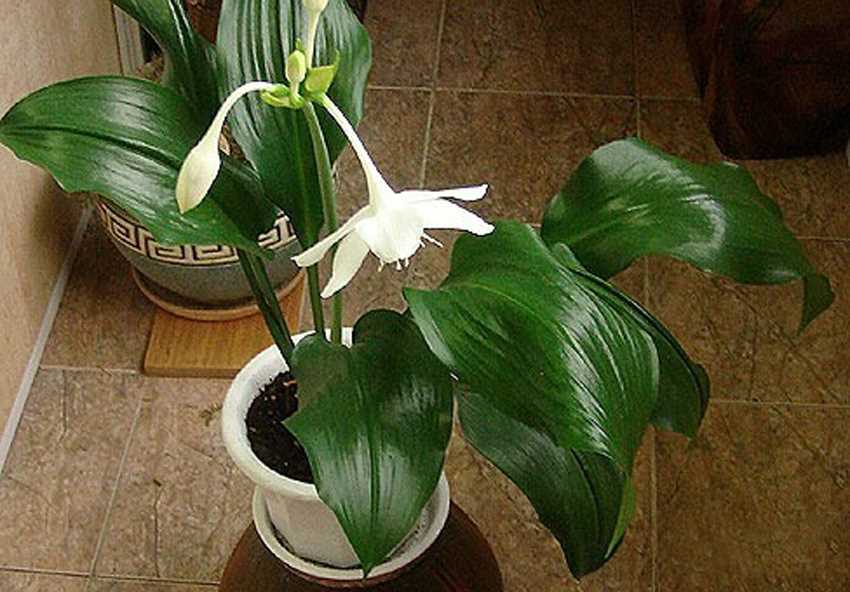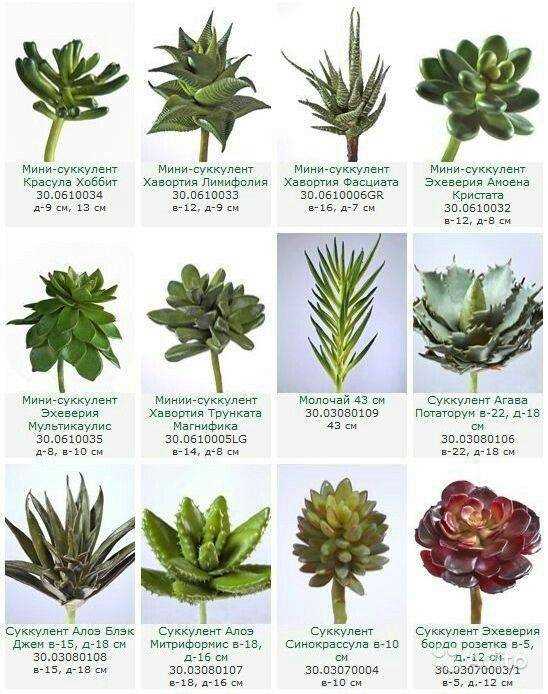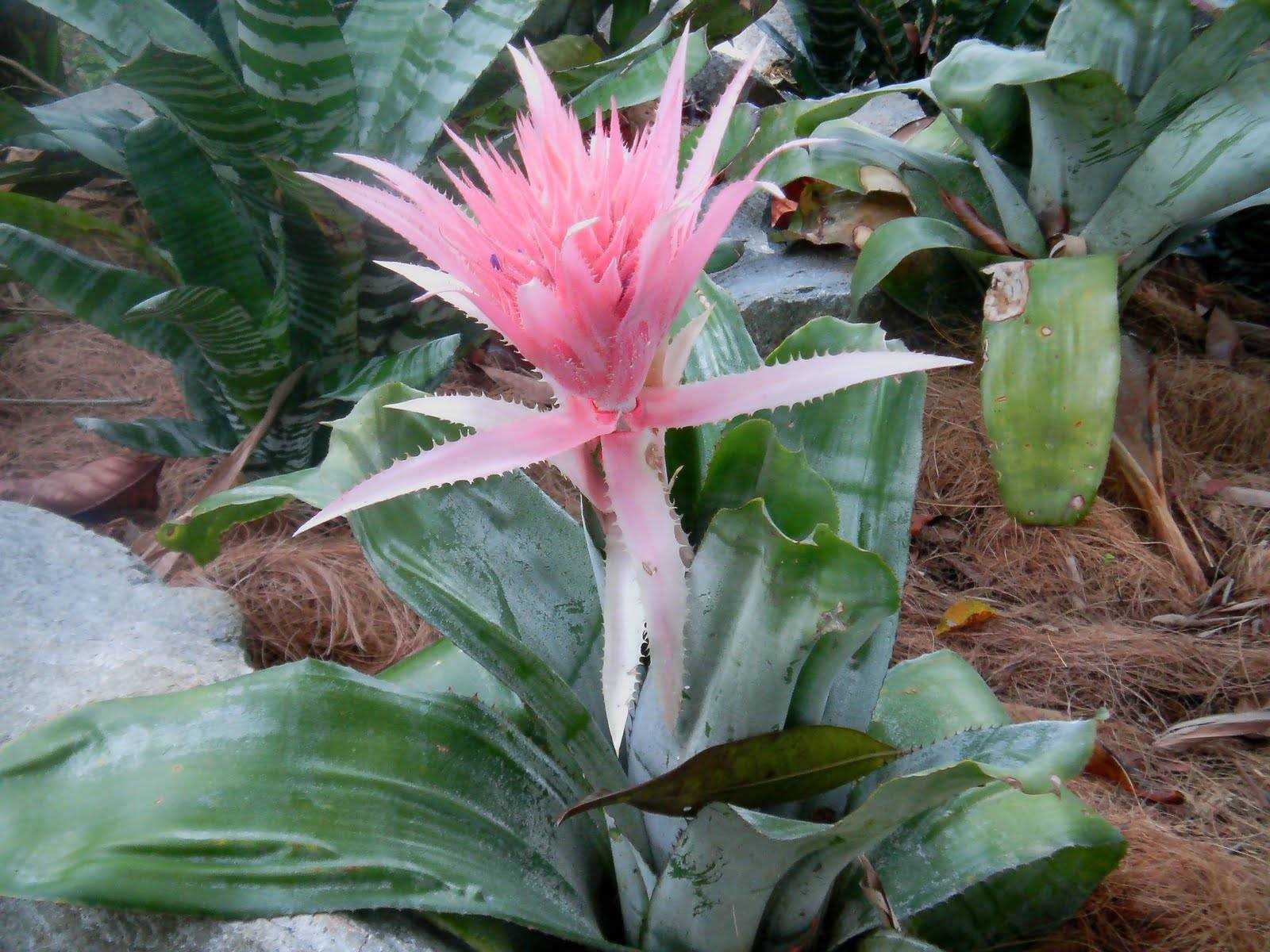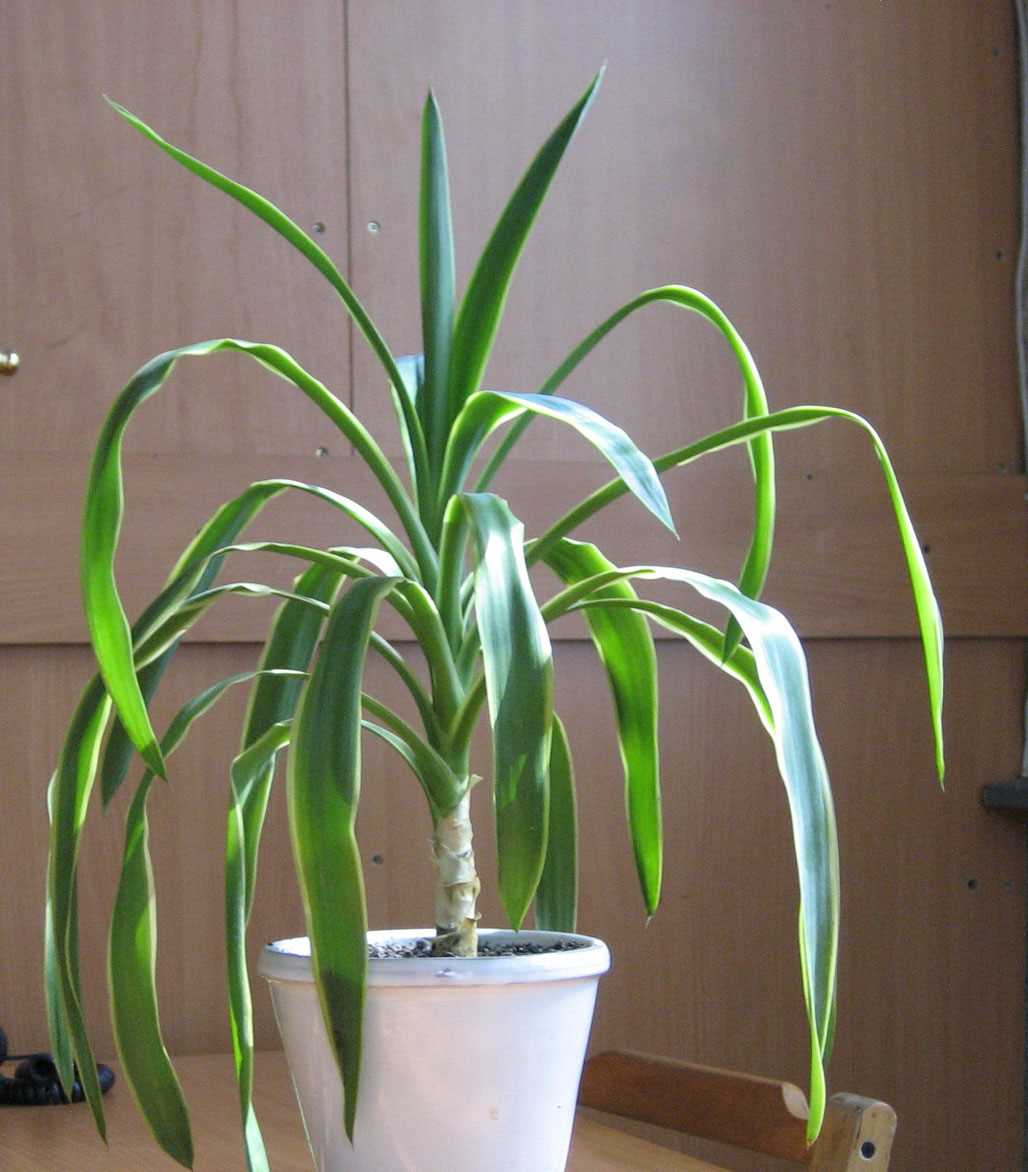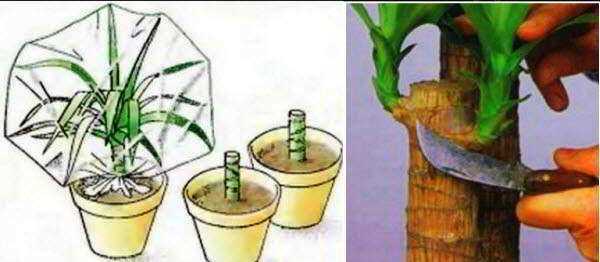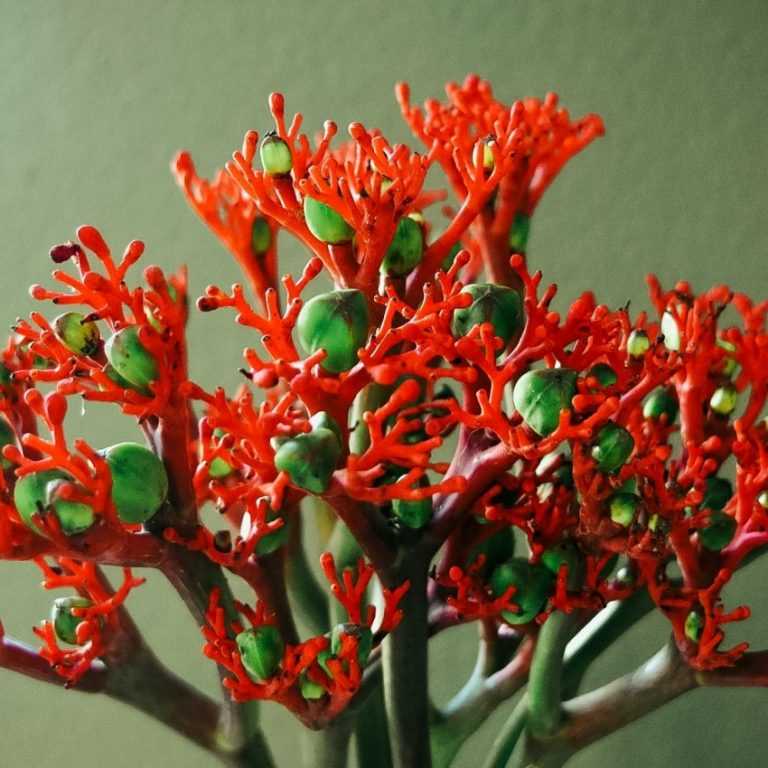- Важность подкормки комнатных растений
- Преимущества регулярной подкормки
- Виды подкормки для комнатных растений
- 1. Органическая подкормка
- 2. Минеральная подкормка
- 3. Листовая подкормка
- Органическая подкормка для комнатных растений
- Минеральная подкормка для комнатных растений
- Преимущества минеральной подкормки:
- Правила подкормки комнатных растений
- Выбор подходящего удобрения
- Оптимальное время для подкормки комнатных растений
- Весна
- Лето и осень
- Подтягивание комнатных растений с помощью подкормки
- Рекомендации по подкормке разных видов растений
- Цветущие растения
- Листовые растения
- Суккуленты и кактусы
- Орхидеи
- Ошибки, которые нужно избегать при подкормке комнатных растений
- Вопрос-ответ:
- Когда нужно подкармливать комнатные растения?
- Как часто нужно подкармливать комнатные растения?
- Какую удобрение выбрать для подкормки комнатных растений?
- Как правильно подкармливать комнатные растения?
- Какие ошибки нужно избегать при подкормке комнатных растений?
Комнатные растения – неотъемлемая часть интерьера в большинстве домов и квартир. Они не только украшают помещение своими прекрасными цветами и формами, но и способны создавать благоприятную атмосферу и очищать воздух от вредных веществ. Чтобы комнатные растения хорошо себя чувствовали и радовали взгляд, особенно важно обеспечить им правильное питание и подкормку.
Подкормка комнатных растений является одной из ключевых процедур в уходе за ними. Она способ
Важность подкормки комнатных растений
Подкормка комнатных растений является важной частью процесса ухода за ними. Растения, которые выращиваются в горшках, ограничены доступом к питательным веществам в почве, поэтому они требуют дополнительного питания для обеспечения их здорового роста и развития.
Основная цель подкормки комнатных растений состоит в том, чтобы обеспечить им необходимые питательные вещества, которые могут отсутствовать или быть истощены в почве. Правильно подобранные удобрения содержат различные микроэлементы и макроэлементы, которые способствуют развитию корневой системы, листьев, стеблей и цветения растений.
Выполнение подкормки комнатных растений позволяет улучшить их общее состояние и внешний вид. Правильно подкормленные растения обычно имеют яркие, насыщенные цвета листьев, густую листву и пышное цветение. Они растут и развиваются более активно, быстрее восстанавливаются после стрессовых ситуаций, таких как пересадка или заболевание.
Важно помнить, что подкормка должна выполняться с определенной периодичностью и в соответствии с индивидуальными потребностями каждого растения. Неконтролируемая или неправильная подкормка может привести к перебору питательных веществ, что может негативно сказаться на состоянии растений и привести к их заболеванию или даже гибели. Поэтому перед началом подкормки желательно проконсультироваться со специалистом или ознакомиться с рекомендациями по подкормке определенных видов комнатных растений.
Преимущества регулярной подкормки
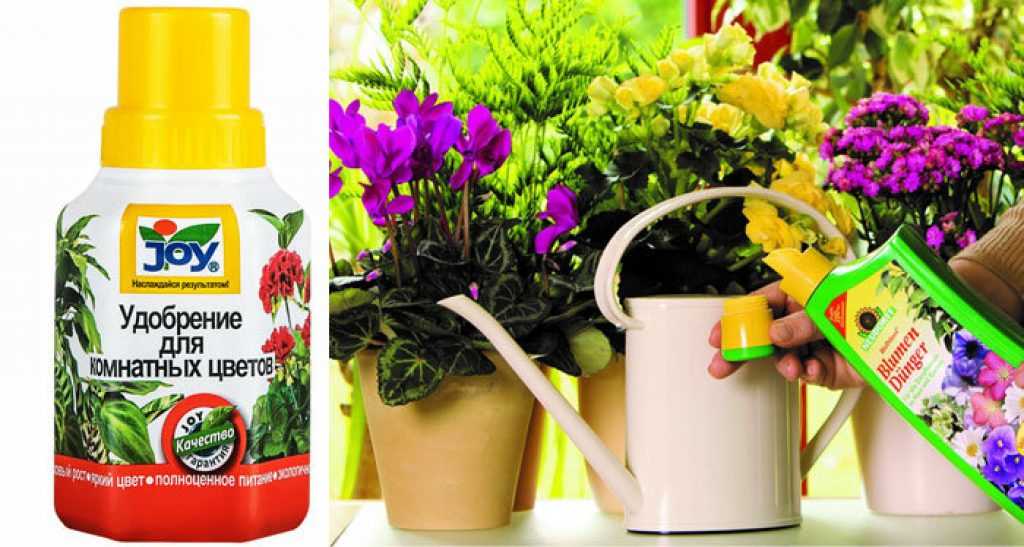
Регулярная подкормка комнатных растений является важным аспектом их ухода. Она позволяет обеспечить растения необходимыми питательными веществами для их полноценного развития и роста.
Во-первых, регулярная подкормка способствует укреплению иммунной системы растений. Питательные вещества, содержащиеся в удобрениях, обеспечивают растения сопротивляемость к болезням и вредителям.
Во-вторых, подкормка позволяет увеличить продолжительность и качество цветения комнатных растений. Недостаток питательных веществ может привести к ослаблению растения и снижению его декоративности.
В-третьих, регулярная подкормка способствует образованию крепких и здоровых стеблей, листьев и корней. Питательные вещества улучшают обмен веществ в растении, что благоприятно сказывается на его общем состоянии.
Наконец, подкормка помогает ускорить рост и развитие растений. Они получают все необходимое для своего роста и развития в максимально комфортных условиях.
Важно помнить, что регулярная подкормка должна проводиться с соблюдением не только частоты, но и дозировки. Использование удобрений следует соответствовать рекомендациям производителя и учитывать особенности каждого конкретного вида растения.
Виды подкормки для комнатных растений
Подкормка комнатных растений является важной составляющей их правильного ухода. Существует несколько видов подкормки, которые обеспечивают растения необходимыми питательными веществами для их роста и развития.
1. Органическая подкормка
Органическая подкормка основана на использовании натуральных материалов, таких как компост, перегной, органические удобрения, биостимуляторы и другие органические вещества. Эти материалы обогащают почву и предоставляют растениям важные микроэлементы, аминокислоты и гормоны для их здорового роста.
2. Минеральная подкормка
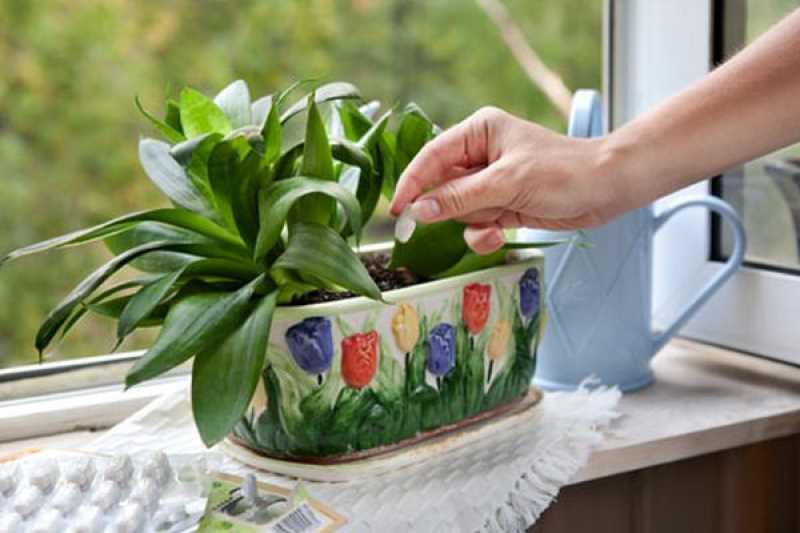
Минеральная подкормка основана на использовании специальных удобрений, содержащих минеральные соли, такие как азот, фосфор и калий. Эти удобрения предоставляют растениям необходимые макроэлементы для их нормального развития. Минеральная подкормка может быть в виде жидких, гранулированных или таблетированных удобрений, которые наносятся на почву или растворяются в воде для полива.
3. Листовая подкормка

Листовая подкормка предоставляет растениям питательные вещества непосредственно через листья. Для этого применяют специальные удобрения, которые распыляются на листву растения или втираются в листья. Этот вид подкормки эффективен при необходимости быстрого усвоения питательных веществ растением.
Выбор подходящего вида подкормки для комнатного растения зависит от его типа, состояния, сезона и других факторов. Оптимальную подкормку рекомендуется проводить в соответствии с инструкциями производителя или консультироваться с опытными садоводами и цветоводами.
Органическая подкормка для комнатных растений

Органическая подкормка является одним из самых эффективных способов обеспечить здоровый рост и развитие комнатных растений. Она основана на использовании натуральных органических удобрений, которые содержат все необходимые растению питательные вещества.
В качестве органической подкормки для комнатных растений можно использовать компост, перегноя, навоз, чайные осадки, яичную скорлупу и другие природные материалы. Они богаты органическими веществами, а также микроэлементами, которые позволяют растению получать все необходимое для роста.
Перед использованием органической подкормки необходимо учитывать потребности каждого растения и правильно применять удобрение. Некоторым комнатным растениям требуется больше азота, другим — фосфора или калия. Также необходимо соблюдать дозировку, чтобы избежать переусложнения почвы и повреждения корневой системы.
Органическая подкормка можно применять как основное удобрение для комнатных растений, так и в качестве дополнительного при подкармливании. Это позволяет обеспечить стабильный рост растений, а также улучшить их цветение. Органическая подкормка также способствует укреплению иммунной системы растений и повышает их устойчивость к болезням и вредителям.
Для использования органической подкормки необходимо правильно подготовить удобрение и правильно его внести в почву. Для этого можно выдержать удобрение в воде для получения экстракта, который затем можно разбавить и полить растение. Также можно смешать удобрение с почвой при посадке или применять его в виде навозной подкормки.
Все вместе, органическая подкормка помогает создать благоприятные условия для роста и развития комнатных растений. Она является экологически чистым и эффективным способом обеспечить здоровье растений и красоту их цветения.
Минеральная подкормка для комнатных растений

Комнатные растения нуждаются в регулярной подкормке, чтобы обеспечить им все необходимые питательные вещества. Минеральные удобрения являются одним из важных компонентов подкормки, которые помогают растениям расти и развиваться здоровыми и красивыми.
Минеральная подкормка обогащает почву и растения необходимыми элементами, такими как азот, фосфор, калий, железо, магний и другие. Эти элементы являются основными строительными блоками для роста растений и осуществления физиологических процессов. Без достаточного содержания этих элементов растения могут страдать от замедленного роста, бледности, слабости и других проблем.
Минеральная подкормка доступна в разных формах: гранулы, порошки, жидкости. Выбор формы зависит от предпочтений и нужд конкретного растения. Гранулы и порошки обычно вносят в почву, перемешивая их перед поливом, а жидкую подкормку можно растворять в воде и применять при поливе растений.
Преимущества минеральной подкормки:
- Быстрый эффект: минеральные удобрения быстро расщепляются и поступают в растения, что позволяет заметить результаты уже через некоторое время после подкормки.
- Баланс питательных веществ: минеральные удобрения обеспечивают растения всеми необходимыми элементами для нормального роста и развития.
- Простота использования: минеральные удобрения легко применять и не требуют сложной подготовки. Их можно применять как сухими формами, так и в растворе.
Важно помнить, что при подкормке комнатных растений нужно соблюдать правильные пропорции и не переборщить с количеством удобрений, чтобы избежать перегрузки питательными веществами, которая может привести к ожогам корней и другим проблемам. Чтобы определить, когда растению требуется подкормка, следует обратить внимание на знаки недостатка питательных веществ, такие как бледность листьев, замедленный рост, малый размер побегов и другие.
В заключение, минеральная подкормка является важным инструментом в уходе за комнатными растениями. Она позволяет обеспечить растения все необходимыми питательными веществами для их здоровья и красоты.
Правила подкормки комнатных растений
Правильная подкормка комнатных растений является важным аспектом их здоровья и роста. Для достижения наилучших результатов необходимо придерживаться следующих правил:
- Выберите правильное удобрение: В зависимости от вида комнатного растения и его потребностей, необходимо выбрать подходящее удобрение. Некоторые растения предпочитают удобрения с большим содержанием азота, другие — с повышенным содержанием фосфора и калия.
- Подкормите растение в нужное время: Для большинства комнатных растений лучшее время для подкормки — весна и лето, когда они активно растут. Однако, есть исключения, и некоторые растения можно подкармливать и в другое время года.
- Следуйте инструкциям по подкормке: Излишние или неправильные дозировки удобрений могут нанести вред растению. Важно внимательно изучить инструкции и придерживаться рекомендаций по дозировке и частоте подкормки.
- Подкармливайте растение после полива: Растение должно быть хорошо увлажнено перед подкормкой. Это поможет избежать ожогов корней и способствует лучшему усвоению питательных веществ.
- Не злоупотребляйте подкормкой: Подкармливайте растения в меру. Избыток удобрений может привести к пересушиванию корней, накоплению солей и другим проблемам.
Следуя этим правилам, вы сможете обеспечить своим комнатным растениям оптимальные условия для роста и развития. Подкормка поможет им быть здоровыми, красивыми и радовать вас своими яркими цветами и сочными листьями.
Так стоп!!! Вы всё ещё не подписаны на наши каналы в Телеграмм и Дзен? Посмотрите: ТГ - (@historyfantasydetectivechat) и Дзен (https://dzen.ru/myshortsstorys)
Выбор подходящего удобрения

Для подкормки комнатных растений необходимо выбрать подходящее удобрение, которое будет обеспечивать им необходимые питательные вещества для роста и развития. При выборе удобрения следует учитывать тип растения, его потребности, а также особенности почвы.
Виды удобрений:
- Минеральные удобрения. Они содержат основные макро- и микроэлементы, необходимые растению для нормального функционирования. Обычно, в составе минеральных удобрений присутствуют такие элементы, как азот, фосфор, калий, магний.
- Органические удобрения. Они производятся из органических веществ, таких как компост, перегной, птичий помет и другие. Органические удобрения обогащают почву органическими веществами и улучшают ее структуру.
Оптимальное сочетание удобрений:
Чтобы достичь оптимальных результатов, можно использовать как минеральные, так и органические удобрения в сочетании. Например, можно применять комбинированные удобрения, которые содержат и минеральные, и органические компоненты. Такое сочетание позволяет достичь баланса питательных веществ для растения.
Оптимальное время для подкормки комнатных растений
Подкормка комнатных растений играет важную роль в их росте и развитии. Это процесс, который необходимо проводить в определенное время, чтобы обеспечить растения необходимыми питательными веществами.
Весна
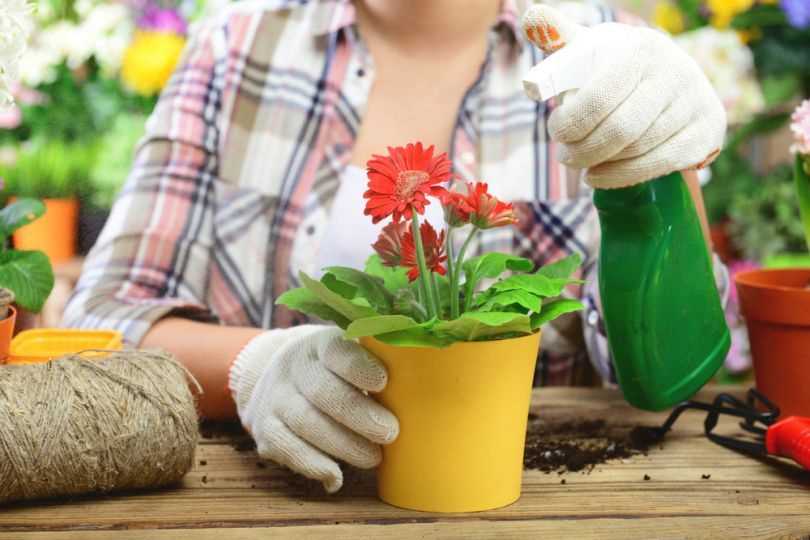
Весеннее время является одним из оптимальных периодов для подкормки комнатных растений. В это время растения пробуждаются из зимней спячки и начинают активно расти. Подкормка весной помогает укрепить растения, способствует их быстрому развитию и цветению. Важно помнить, что весеннюю подкормку следует проводить постепенно, чтобы не переборщить с дозировкой удобрений.
Лето и осень
Лето и осень также являются благоприятными временами для подкормки комнатных растений. В этот период растения активно растут и требуют дополнительного питания. Подкормка помогает поддерживать растения в здоровом состоянии, способствует образованию новых листьев и бутонов, а также улучшает их цветение.
Важно выбирать подходящие удобрения для подкормки комнатных растений и следовать инструкциям по их применению. Перед подкормкой растений необходимо осмотреть их на наличие болезней и вредителей, и при необходимости принять меры по их уничтожению.
Подтягивание комнатных растений с помощью подкормки
Подкормка комнатных растений является важным аспектом их ухода и позволяет подтянуть растения для создания красивой зеленой атмосферы в помещении. Подкормка обеспечивает растения необходимыми питательными веществами, которые они получают из почвы или с помощью удобрений.
Существует несколько способов подкормки комнатных растений. Один из них — использование органических удобрений, таких как компост или перегноя. Органические удобрения содержат микроэлементы, которые улучшают здоровье растений и способствуют их росту.
Другой способ — использование минеральных удобрений. Они содержат необходимые растениям минералы, такие как азот, фосфор и калий. Минеральные удобрения можно наносить на почву или вводить водным раствором через полив.
Для подтягивания растений с помощью подкормки можно также применять специальные препараты, которые стимулируют рост и развитие растений. Они могут содержать гуминовые кислоты, аминокислоты и другие активные компоненты, которые способствуют усвоению питательных веществ растениями.
Важно помнить, что подкормку необходимо проводить с учетом потребностей конкретного вида растения и соблюдать рекомендации производителей удобрений. Злоупотребление удобрениями может привести к переусыщению растений питательными веществами и вызвать их заболевания.
Таким образом, подкормка комнатных растений является эффективным способом подтянуть растения и обеспечить им необходимую питательную поддержку. Правильно подобранная подкормка поможет растениям стать более здоровыми, красивыми и зелеными, создавая уютную атмосферу в помещении.
Рекомендации по подкормке разных видов растений
Комнатные растения нуждаются в регулярной подкормке для обеспечения своего здорового роста и развития. Правильный выбор удобрения и его правильное применение зависит от вида растения. Ниже приведены рекомендации по подкормке разных видов комнатных растений.
Цветущие растения
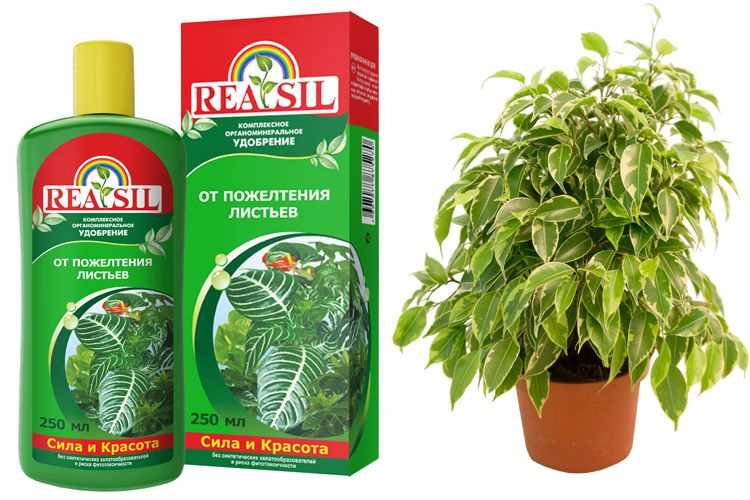
Для цветущих комнатных растений рекомендуется использовать удобрение с повышенным содержанием фосфора и калия. Эти элементы помогут стимулировать цветение и усилить иммунитет растения. Регулярно подкармливайте цветущие растения в течение цветения, следуя инструкциям на упаковке удобрения.
Листовые растения
Листовые комнатные растения часто нуждаются в большем количестве азота для стимуляции роста листьев. Рекомендуется использовать удобрение с повышенным содержанием азота и микроэлементов. Подкармливайте листовые растения каждые 2-4 недели в течение активного роста, сократив частоту подкормки зимой.
Суккуленты и кактусы
Суккуленты и кактусы требуют особой подкормки, так как они хранят влагу и имеют особую структуру листьев. Рекомендуется использовать специальное удобрение для суккулентов или кактусов, которое содержит низкую концентрацию азота и высокую концентрацию калия. Подкармливайте суккуленты и кактусы каждые 6-8 недель весной и летом, сокращая подкормку в холодные месяцы.
Орхидеи
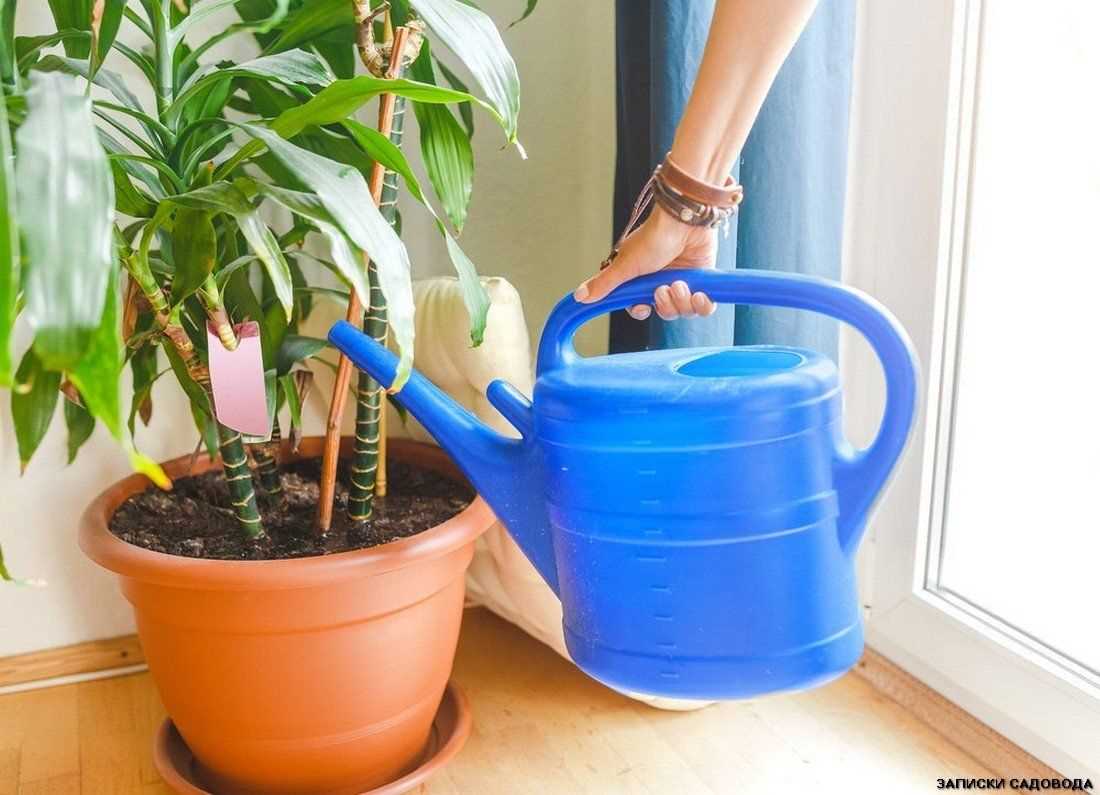
Орхидеи требуют специального подхода к подкормке. Рекомендуется использовать удобрение для орхидей, которое содержит умеренное количество азота и фосфора, а также органические и минеральные питательные вещества. Подкармливайте орхидеи каждые 2-4 недели в течение активного роста и цветения, сокращая подкормку зимой. Не забудьте полить орхидею перед подкормкой и промыть горшок после подкормки, чтобы избежать перегрузки солей.
Важно помнить, что подкормку необходимо проводить с осторожностью, следуя инструкциям на упаковке удобрения. Перед подкормкой растение должно быть хорошо полито и не высушено. Не переборщите с количеством удобрения, чтобы избежать ожогов корней растений. Следуя рекомендациям по подкормке, вы сможете обеспечить здоровый и красивый вид вашим комнатным растениям.
Ошибки, которые нужно избегать при подкормке комнатных растений
1. Неправильное выбор удобрений: Одной из распространенных ошибок при подкормке комнатных растений является неправильный выбор удобрений. Каждый вид растений имеет свои особенности и требования к питательным веществам. Перед тем как приступить к подкормке, необходимо ознакомиться с рекомендациями для конкретного растения и выбрать подходящее удобрение.
2. Передозировка удобрений: Еще одна распространенная ошибка – это передозировка удобрений. Многие считают, что больше удобрений – лучше для растения. Однако, это неверное представление. Передозировка удобрений может привести к пересыханию корней и другим проблемам.
3. Подкормка в неподходящее время: Еще одна ошибка – это неправильное время подкормки. Каждый вид растения имеет свои сезонные особенности, и не все растения нуждаются в подкормке в одинаковое время. Необходимо изучить информацию о конкретном растении и определить оптимальное время для подкормки.
4. Неправильная концентрация удобрений: Разведение удобрений – ответственное занятие. Неправильная концентрация удобрений может привести к ожогам листьев и другим проблемам. Перед разведением удобрений следует внимательно изучить инструкцию и точно соблюдать рекомендации по дозировке.
5. Отсутствие подкормки: И наконец, еще одна ошибка – это отсутствие подкормки вовсе. Некоторые считают, что комнатные растения могут обойтись без дополнительного питания. Однако, подкормка является важной составляющей ухода за растениями и помогает поддерживать их здоровье и красоту.
Итак, чтобы успешно подкармливать комнатные растения, следует избегать ошибок при выборе удобрений, избегать передозировки, подкармливать растения в правильное время, правильно разводить удобрения и не забывать о необходимости подкормки вообще. Правильная подкормка поможет вам добиться здорового и красивого роста ваших любимых растений.
Вопрос-ответ:
Когда нужно подкармливать комнатные растения?
Комнатные растения нужно подкармливать весной и летом, когда активно происходит их рост и развитие.
Как часто нужно подкармливать комнатные растения?
Частота подкормки комнатных растений зависит от вида растения и типа удобрения. В среднем, подкармливать растения нужно раз в две-три недели в период активного роста.
Какую удобрение выбрать для подкормки комнатных растений?
Выбор удобрения для комнатных растений зависит от их видов и требований. Можно использовать универсальное удобрение для комнатных растений или специальные удобрения, которые содержат все необходимые микроэлементы.
Как правильно подкармливать комнатные растения?
Подкармливать комнатные растения нужно после полива, чтобы земля была влажной. Удобрение разводят в воде согласно инструкции на упаковке и осторожно подливают к растению, избегая попадания на листья и стебель. После подкормки растение поливают чистой водой.
Какие ошибки нужно избегать при подкормке комнатных растений?
Ошибками при подкормке комнатных растений являются ex5lR6B|переусердство с удобрениями, неправильные пропорции разведения удобрения, подкармливание сухой земли и подкормка больных или ослабленных растений. Также стоит избегать попадания удобрения на листья и стебель растения.

